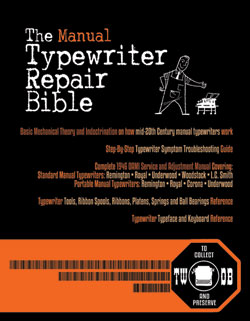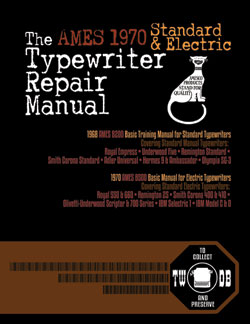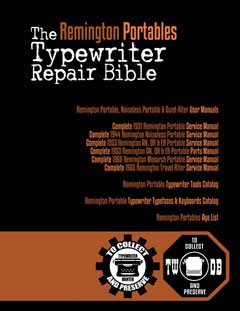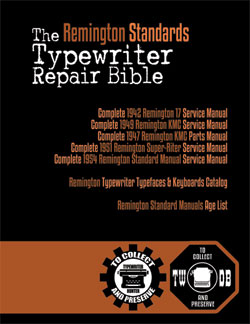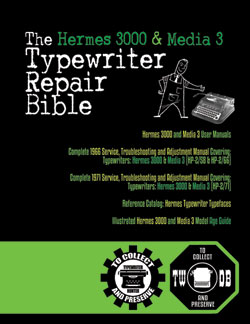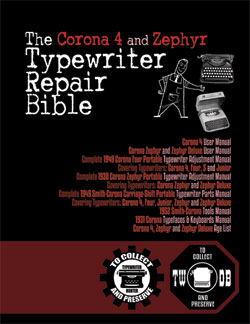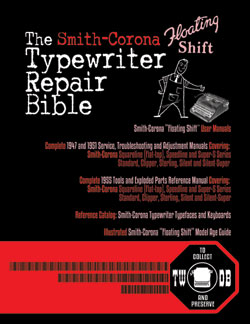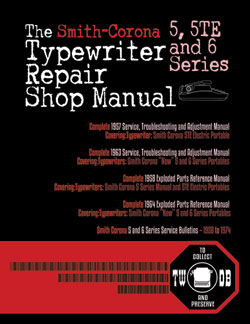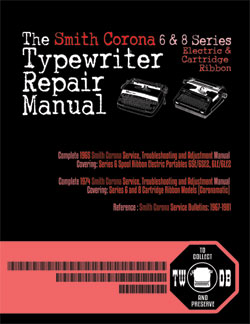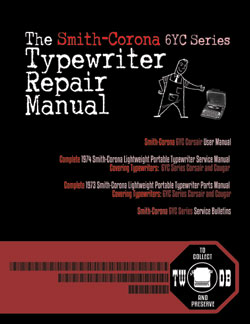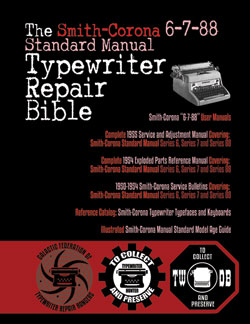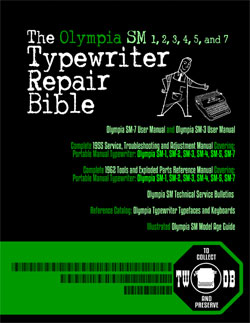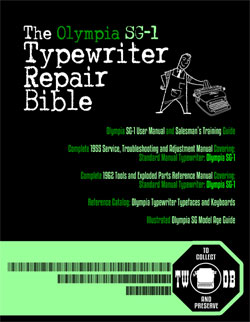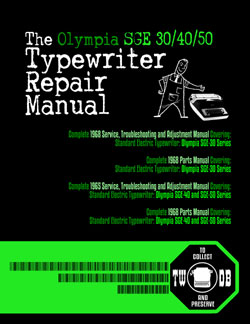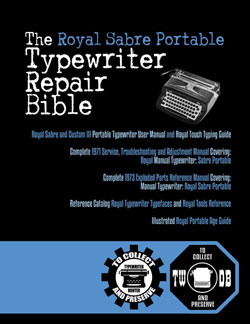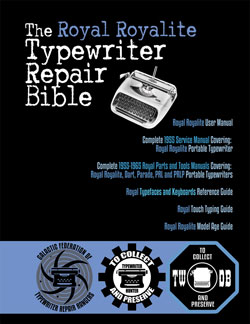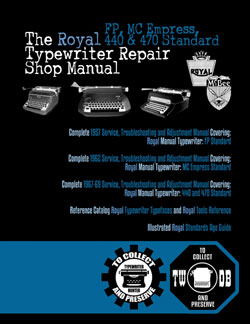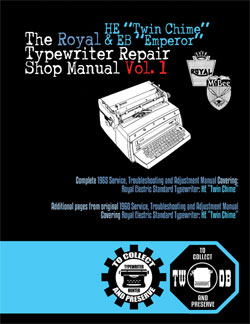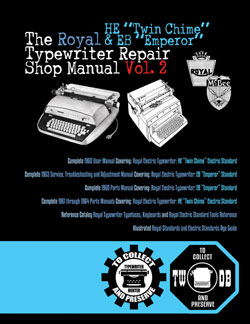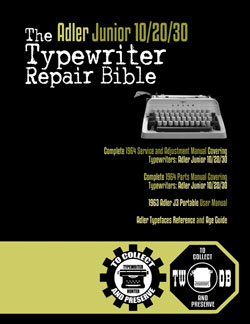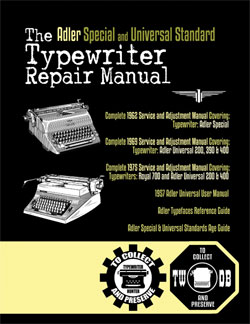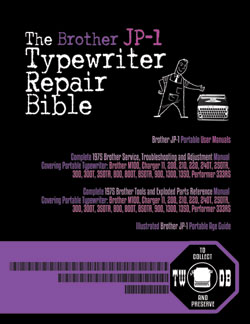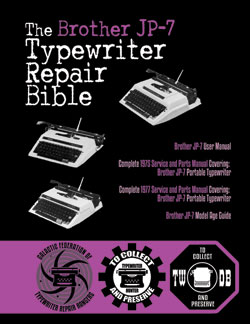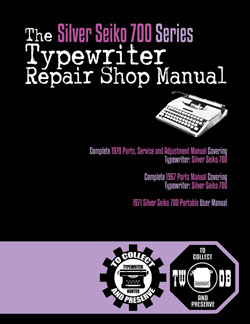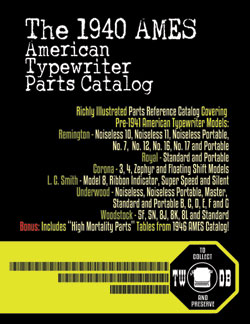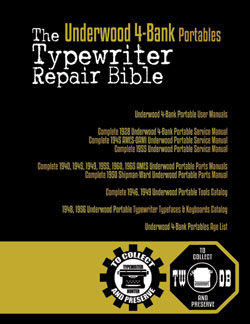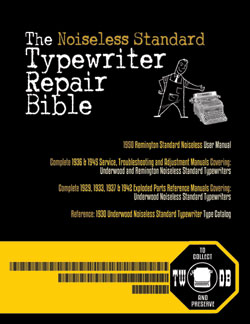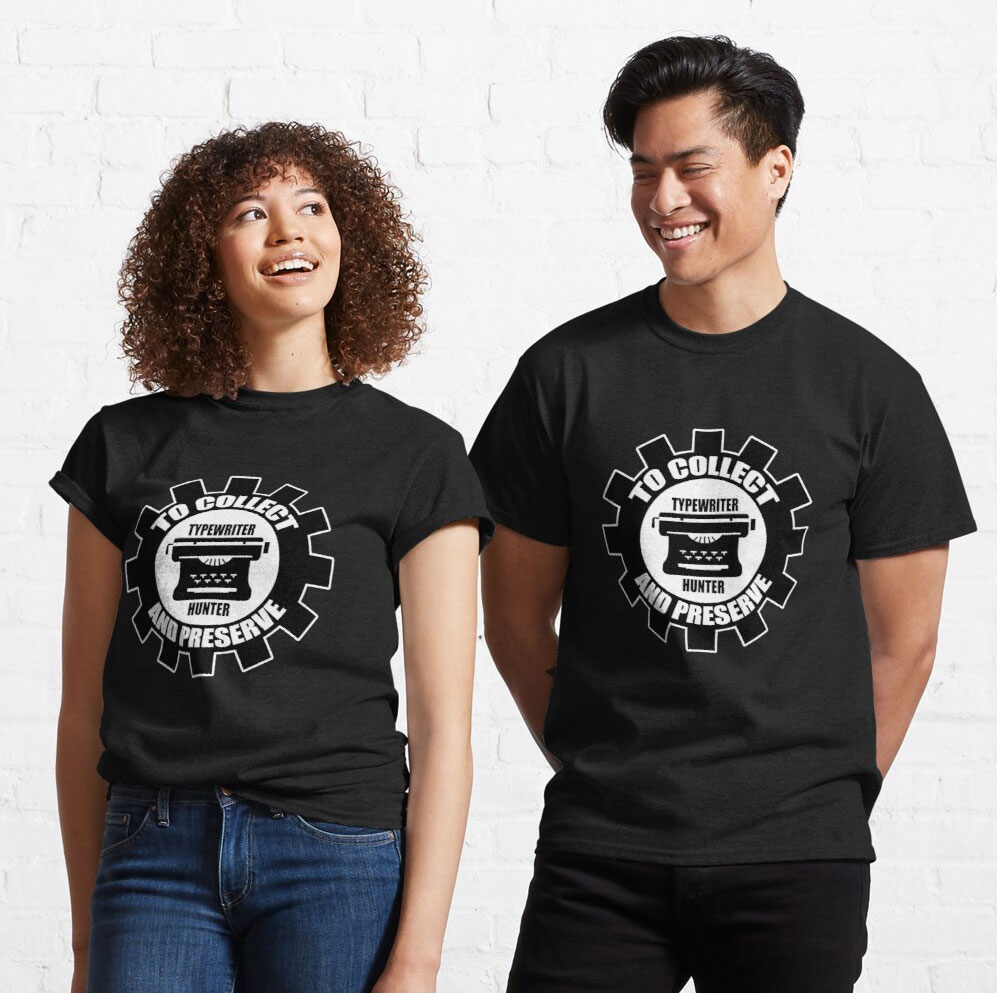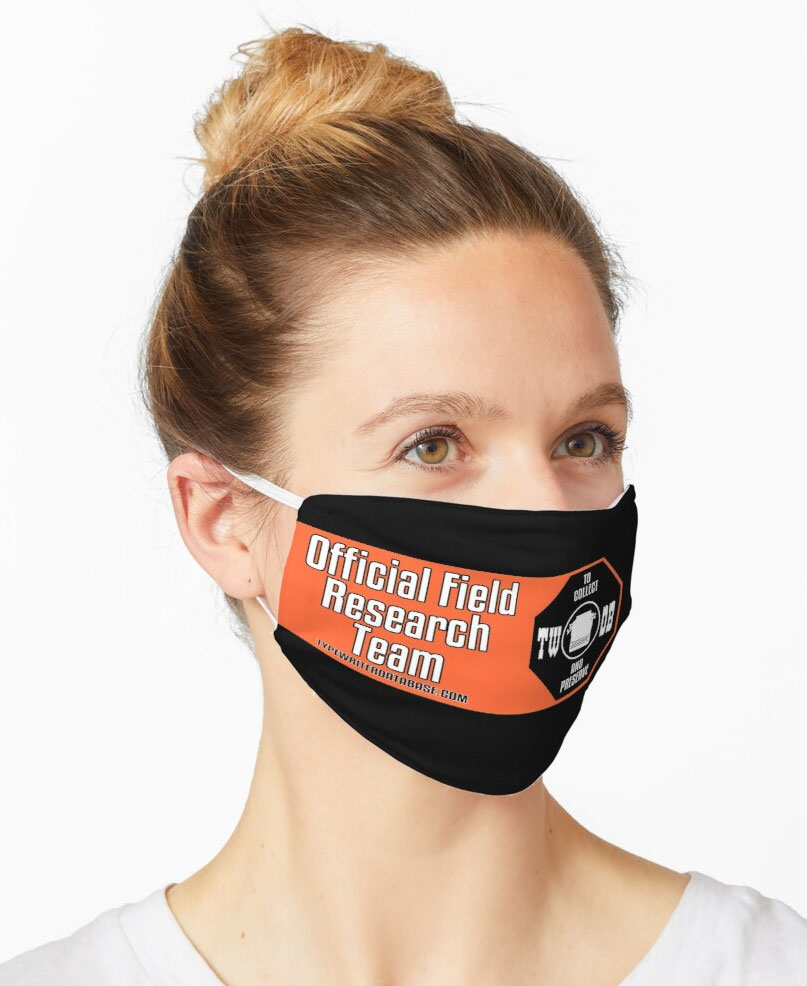1986 Robotron 24 #181371
Status: My Collection
Hunter: Hans Boersma (Java68)
Created: 02-16-2016 at 04:15AM
Last Edit: 08-31-2023 at 03:08AM
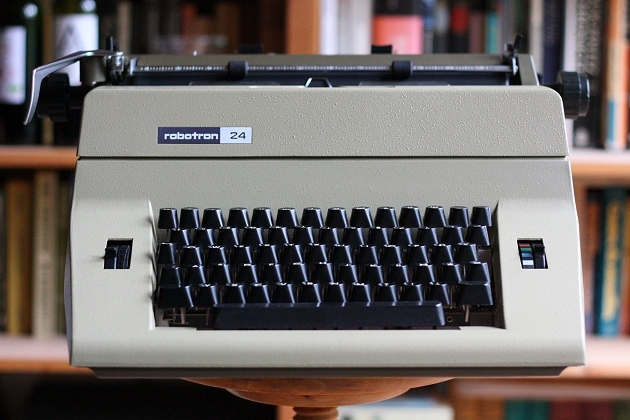
Description:
A large and heavy, armour-plated standard, even slightly larger than the Hermes Ambassador. Built in the former German Democratic Republic by VEB Robotron-Optima B├╝romaschinenwerke in Erfurt, this is a fully functional relic of the Cold War era. Its previous user was a retired female school teacher in Erfurt.
German keyboard (qwertz), Kristall typeface (ten-pitch), five line-spacing settings, keyboard touch regulator, four-colour ribbon selector, keyset and decimal tabulator, s p e r r s a t z - key, typebar unblocking key, extending paper support with scale. Weight: 15,4 kg.
This model was produced from 1985 up to 1991, in which year the VEB (Volkseigener Betrieb) was privatised into Robotron Optima GmbH. The year of manufacture of this machine is an educated guess. The museum Technische Sammlungen in Dresden was kind enough to let me know that they have two machines of this model: serial number 300642, dated 1987, and serial number 509307, dated 1989. (2023 update: the Optima serial number table on this website now confirms 1986 as the year of manufacture.)
The Robotron 24 replaced the Robotron 18 and 20 models (also branded as Daro [Datenverarbeitung, Automatisierung, Rationalisierung, Organisation]). There is also a model 22, which has no decimal tabulator. It appears the Robotron 24 was available in this beige/dark drab colour scheme only; the Robotron 22 apparently only in white/dark drab. The outer housing is made of thick aluminium, but the inner frame is still made of heavy steel.
The similarities in design with the earlier Facit 1730 are remarkable, and it would not surprise me if there was a direct influence. If so, the East German designers have, in terms of aesthetics, definitively surpassed their Swedish counterparts here. Note that, like the M24, the Facit 1730 also sports texture paint on the coach work. Quite hideous, but also quite befitting any dreary 1980s office.
In 1988 this typewriter costed ┬▒ M 990 (East German Mark [Mark der DDR]). The defunct currency of a disappeared communist country is difficult to translate in today's money. To give an idea, a labourer in the GDR earned ┬▒ M 700 per month, an engineer ┬▒ M 1100. Consequently most of these machines were employed in offices, factories etc.
This is a surprisingly pleasant machine to work with. The action of its nicely roomy keyboard feels ever so slightly gritty, but is very agreeable nonetheless ÔÇö especially compared to the touch of the plastic-bodied Erika semi-portables of the same era, also produced by Robotron-Optima. The touch regulator has four settings and works perfectly, with the middle two settings being the best. A sheet of paper is fed straight and smoothly into the carriage. The machine is very easily disassembled: the carriage can be lifted off in seconds, and the outer housing is removed by releasing four screws.
Hans Boersma
Typeface Specimen:
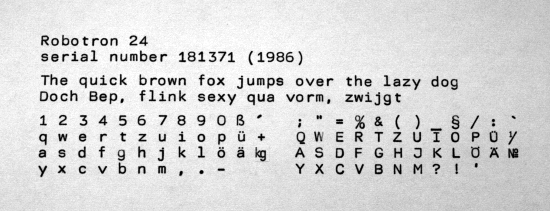
Links:
- Schreibmaschine Robotron 24
- ...as used by the Stasi (Ministerium f├╝r Staatssicherheit der DDR)
- Daro Optima M16, a predecessor
- Optima M14, the predecessor of the M16
- Optima M12, the predecessor of the M14
- Optima M10, the first of the Optima standard typewriters
- Letter written on this machine, published on The Typewriter Revolution Blog
- Facit 1730, a possible influence
Photos:
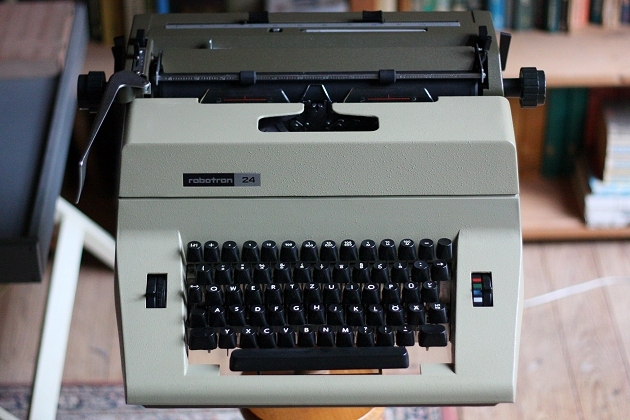
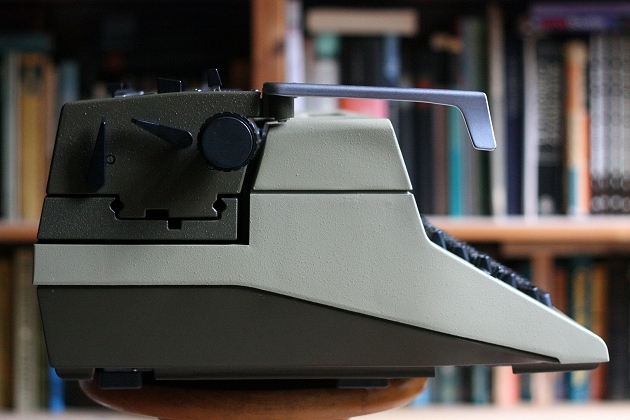
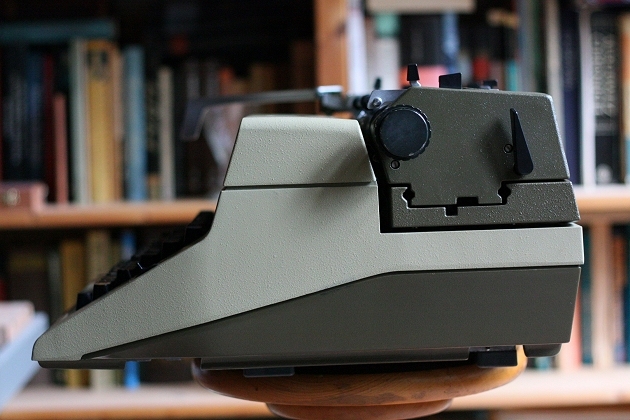
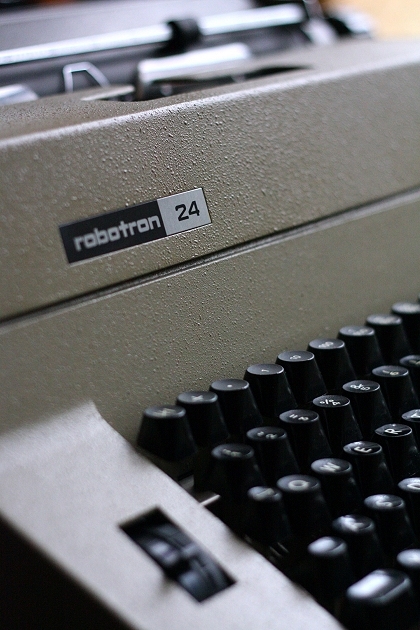
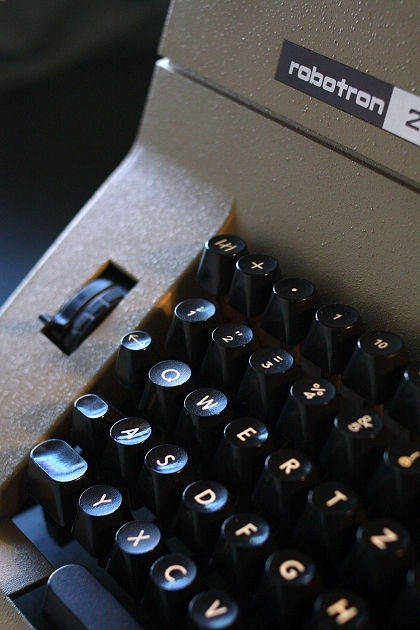
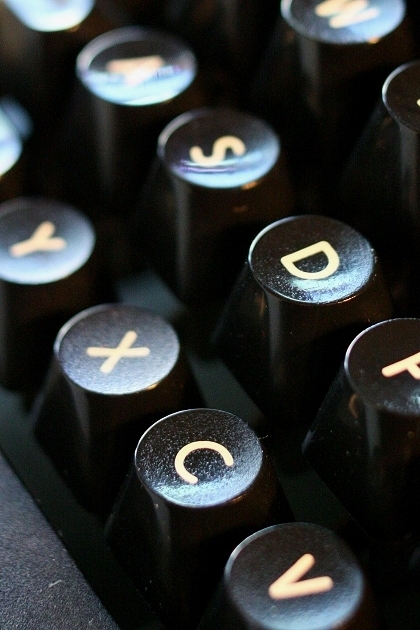
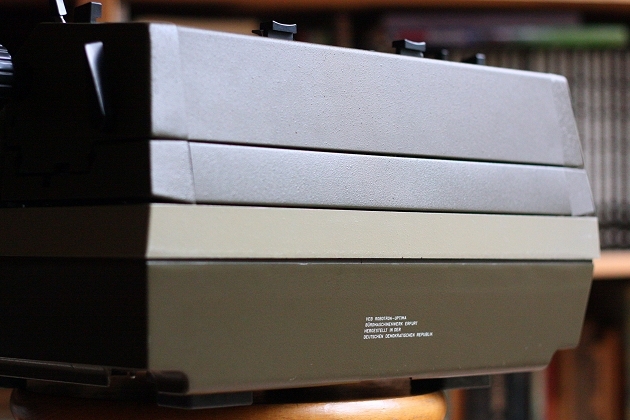
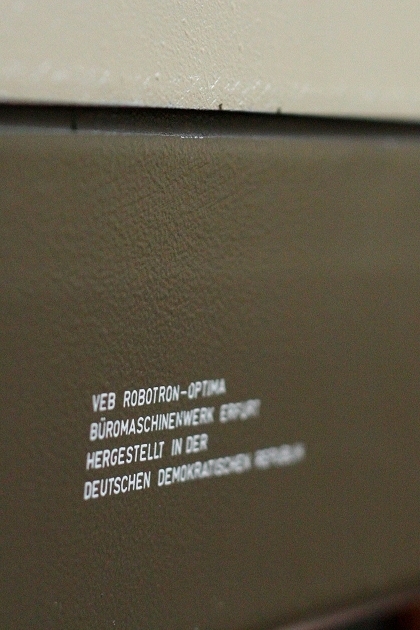
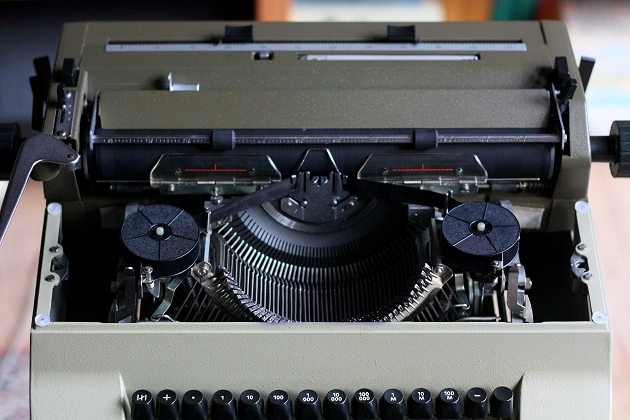
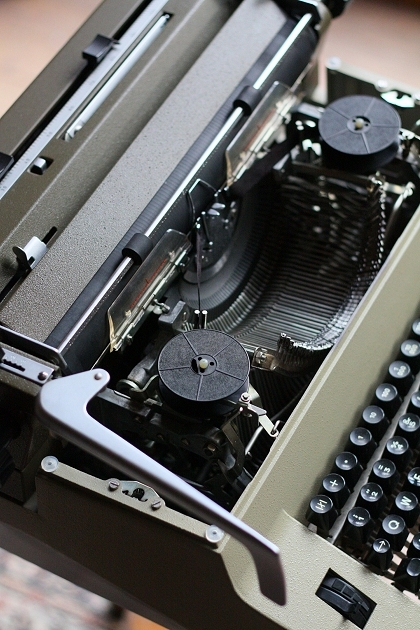
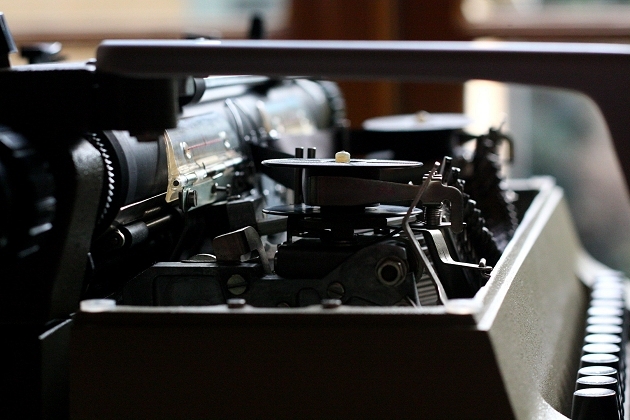
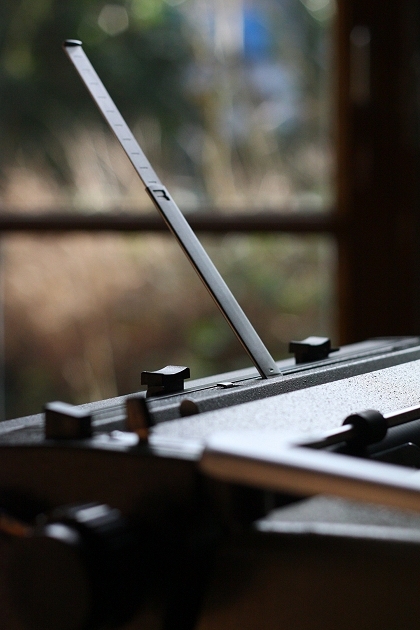
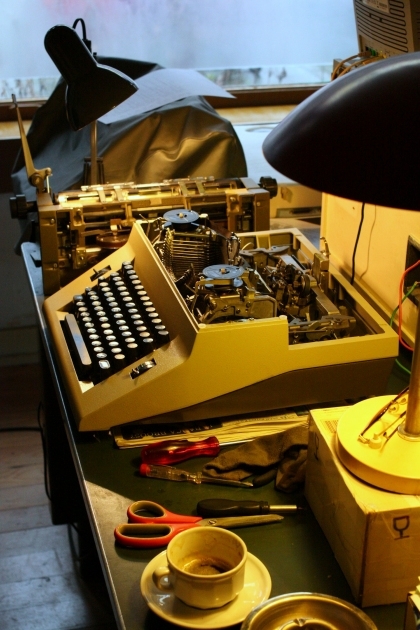
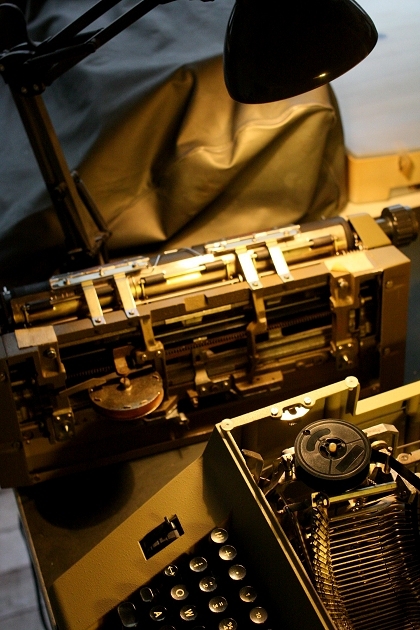
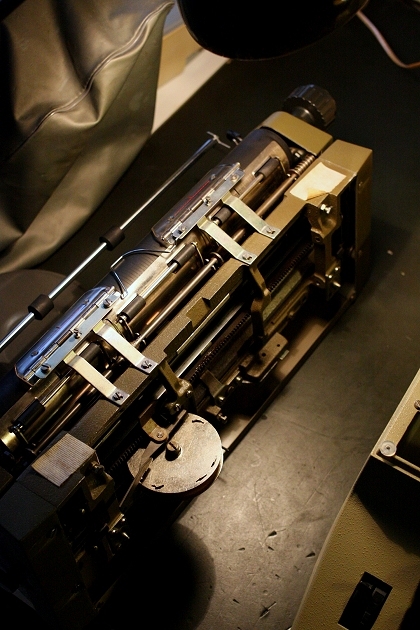
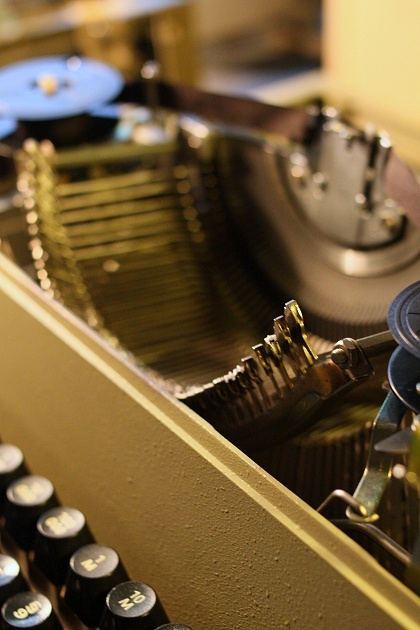
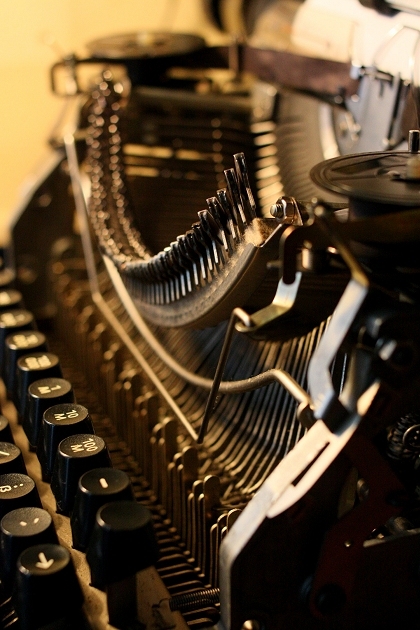
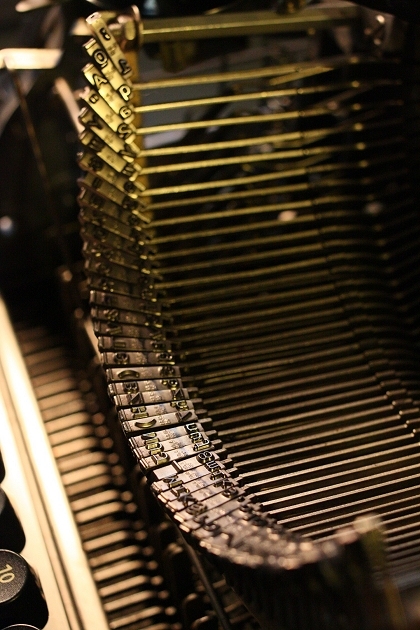
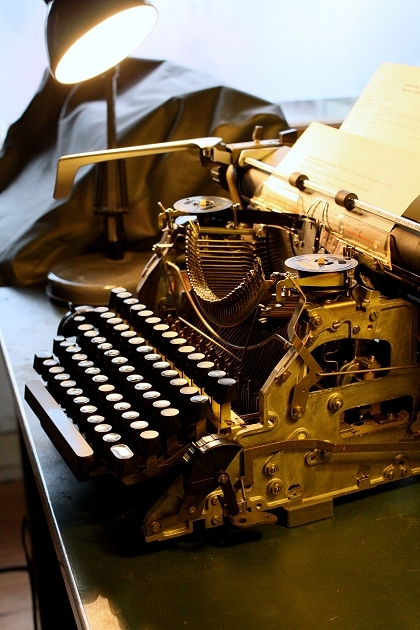
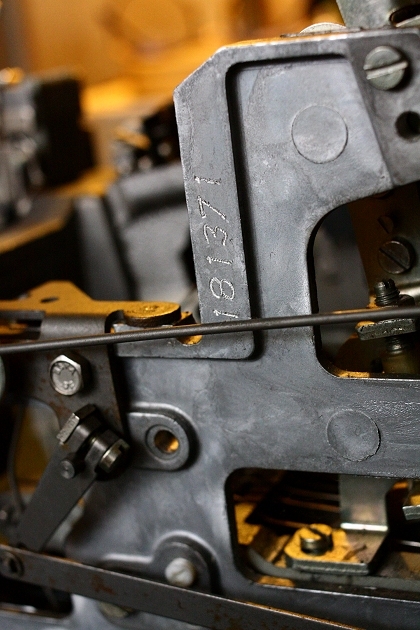
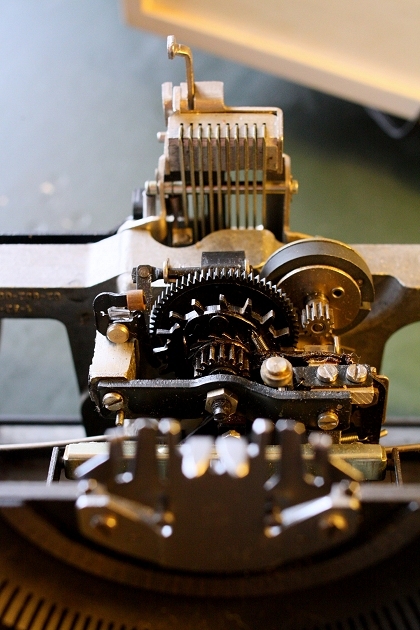
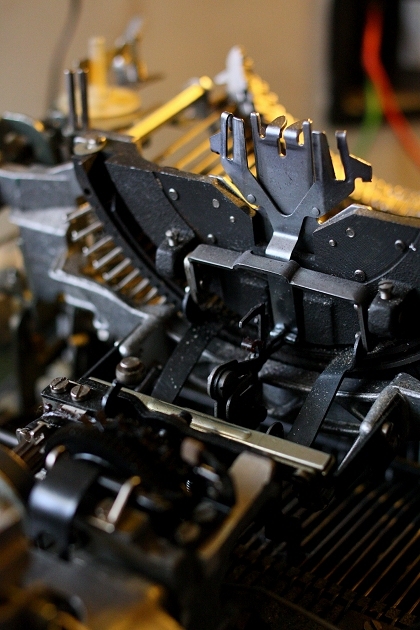
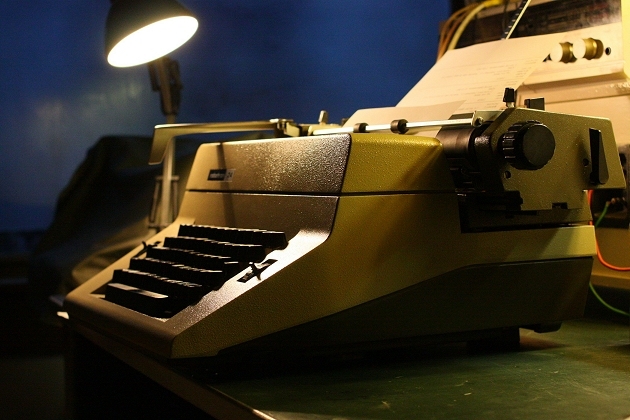
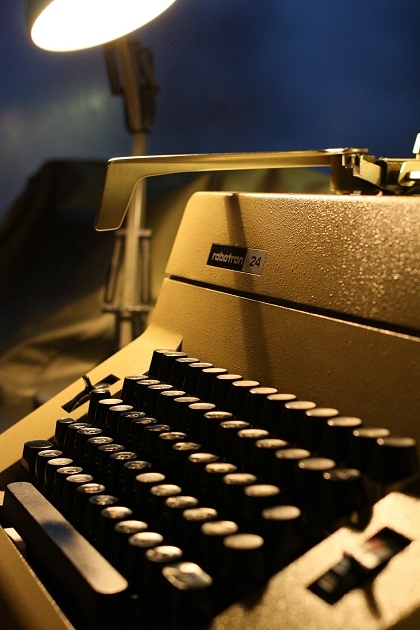
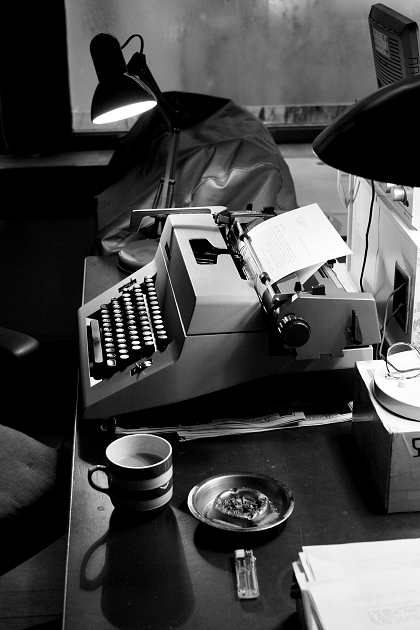
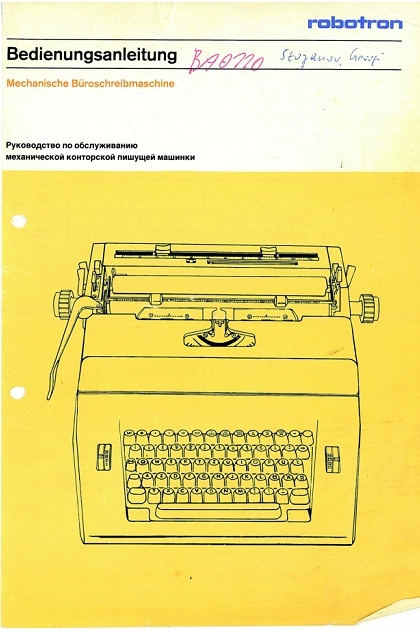
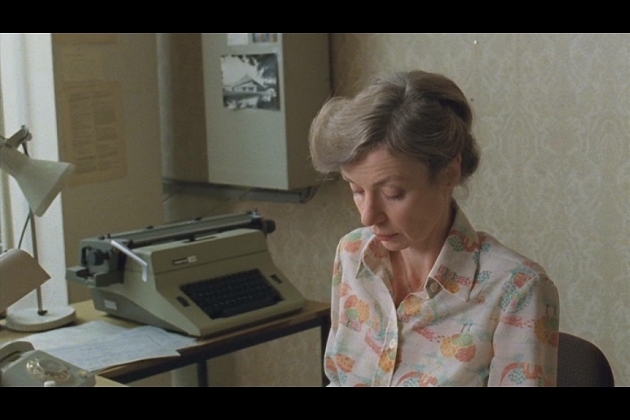
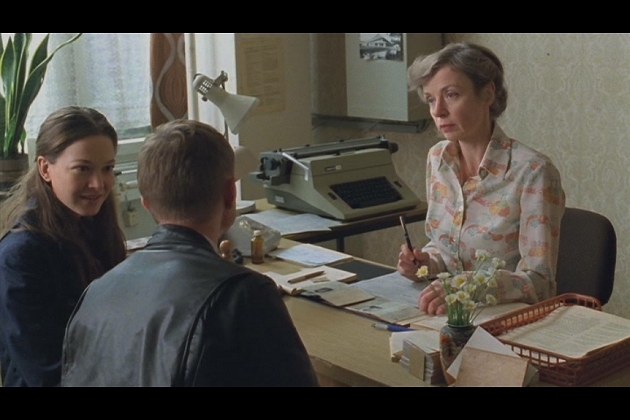
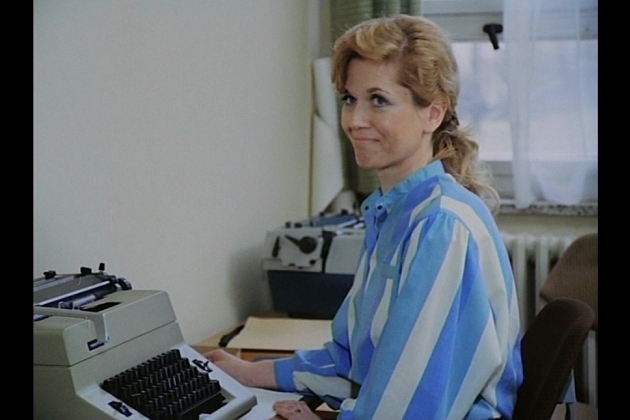
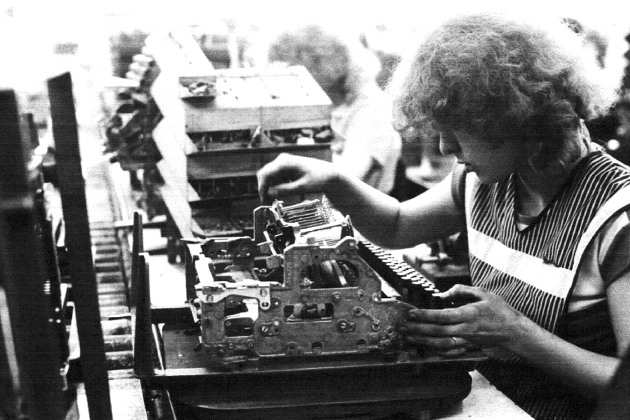
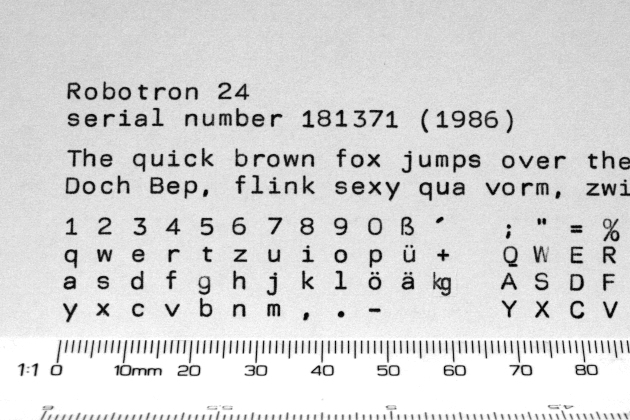
Hunter: Hans Boersma (Java68)
Hans Boersma's Typewriter Galleries [ My Collection ] [ My Sightings ]
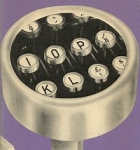
Status: Typewriter Hunter
Points: 580
I'm not really a hunter, or a collector. Well, I try not to be anyway. Typewriters should be used IMHO, and how to choose from an increasingly anonymous multitude? There is much to say for having just one typewriter, and sticking to it. But then again, there are so much beautiful and interesting typewriters out there, all with their own character and historical backgrounds... So I refer to my modest collection as "the machine park" and do my best to keep it from becoming a multitude. I decidedly favour standard-size typewriters: large office workhorses that throw their considerable weight behind your labours. Nicely over-dimensioned machines with a more than agreeable keyboard touch and a business-like appearance, ready for any job. I enjoy looking at "typewriter porn" on sites such as these, which provides an adequate substitute to having a larger collection. So... thank you for showing me yours!
RESEARCH NOTE: When researching the Robotron 24 on a computer with lots of screen real estate, you may find that launching the Robotron Serial Number page and the Robotron 24 By Model/Year/Serial page in new browser windows can give you interesting perspectives on changes throughout the model series.
